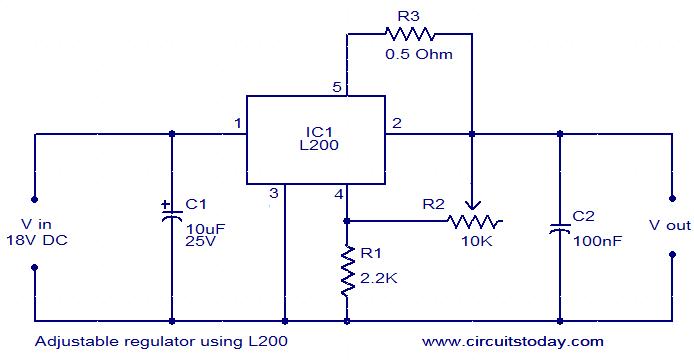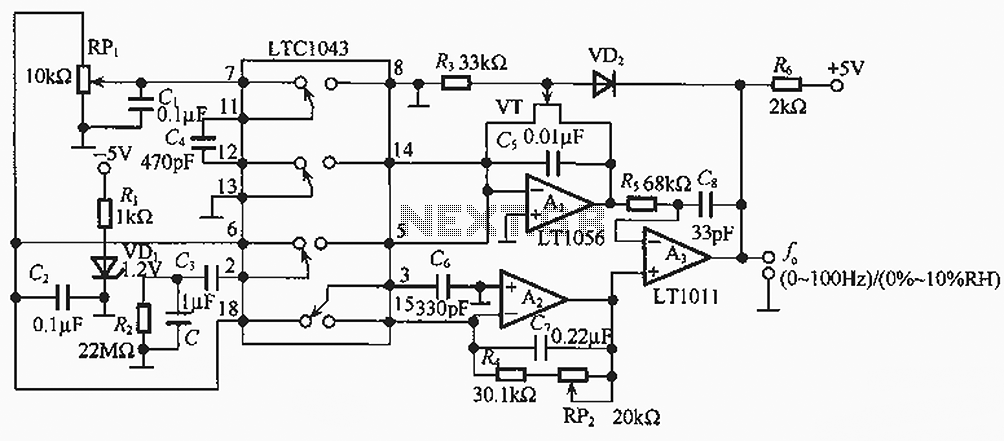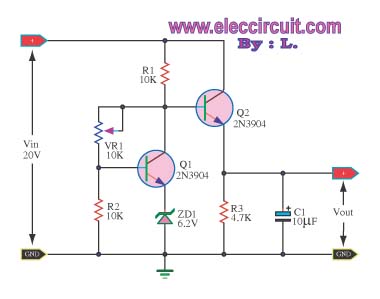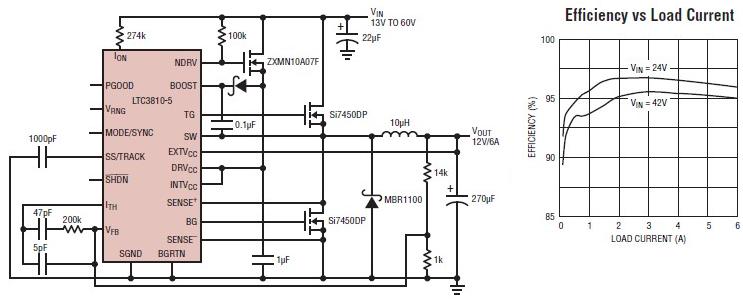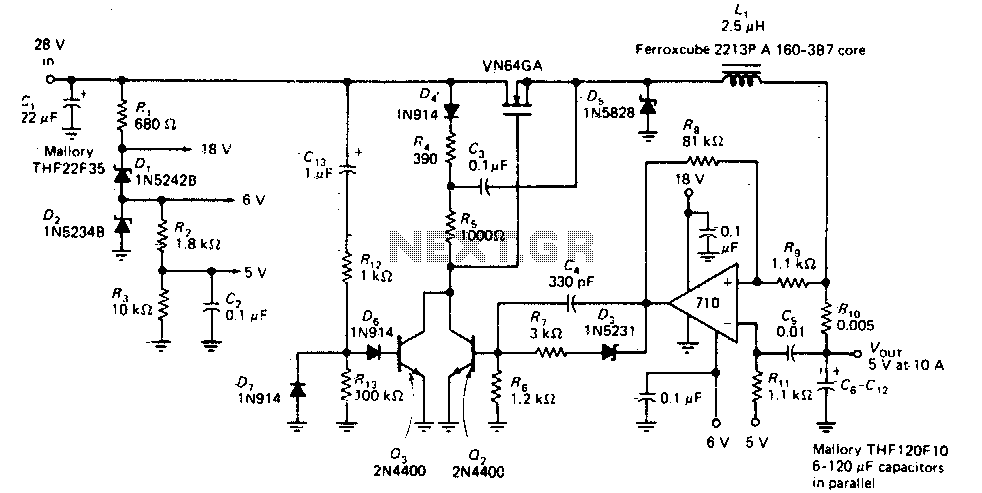
Single-ended regulator
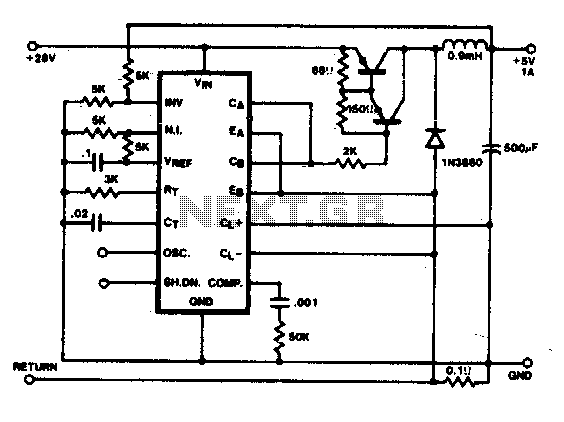
In this conventional single-ended regulator circuit, the two outputs of the SG1524 are connected in parallel for effective 0-90% duty-cycle modulation. The use of an output inductor requires an RC phase compensation network for loop stability.
The described circuit utilizes the SG1524, a versatile pulse-width modulation (PWM) controller, to achieve efficient voltage regulation. By connecting the two outputs of the SG1524 in parallel, the circuit is capable of modulating the duty cycle from 0% to 90%, allowing for a wide range of output voltage adjustments. This modulation is critical in applications where precise voltage levels are required, such as in power supplies for sensitive electronic devices.
The inclusion of an output inductor is essential for energy storage and smoothing the output voltage. The inductor works in conjunction with the output capacitor to filter the PWM signal, resulting in a more stable and less rippled output voltage. However, the presence of the inductor introduces phase shifts in the feedback loop, which can lead to instability if not properly compensated.
To ensure loop stability, an RC phase compensation network is implemented. This network typically consists of a resistor (R) and a capacitor (C) connected in a specific configuration to adjust the phase response of the feedback loop. The resistor is placed in series with the feedback path, while the capacitor is connected to ground. This arrangement helps to counteract the phase lag introduced by the inductor, thus enhancing the stability of the regulator circuit.
In summary, the combination of the SG1524's parallel outputs, output inductor, and an RC phase compensation network forms a robust single-ended regulator circuit capable of delivering stable output voltage across a range of duty cycles. Proper design and implementation of these components are crucial for achieving optimal performance and reliability in various electronic applications.In this conventional single-ended regulator circuit, the two outputs of the:SG1524 are connected in parallel for effective 0-90% duty-cycle modulation The use of an output inductor requires an RC phase compensation network for loop stability.
The described circuit utilizes the SG1524, a versatile pulse-width modulation (PWM) controller, to achieve efficient voltage regulation. By connecting the two outputs of the SG1524 in parallel, the circuit is capable of modulating the duty cycle from 0% to 90%, allowing for a wide range of output voltage adjustments. This modulation is critical in applications where precise voltage levels are required, such as in power supplies for sensitive electronic devices.
The inclusion of an output inductor is essential for energy storage and smoothing the output voltage. The inductor works in conjunction with the output capacitor to filter the PWM signal, resulting in a more stable and less rippled output voltage. However, the presence of the inductor introduces phase shifts in the feedback loop, which can lead to instability if not properly compensated.
To ensure loop stability, an RC phase compensation network is implemented. This network typically consists of a resistor (R) and a capacitor (C) connected in a specific configuration to adjust the phase response of the feedback loop. The resistor is placed in series with the feedback path, while the capacitor is connected to ground. This arrangement helps to counteract the phase lag introduced by the inductor, thus enhancing the stability of the regulator circuit.
In summary, the combination of the SG1524's parallel outputs, output inductor, and an RC phase compensation network forms a robust single-ended regulator circuit capable of delivering stable output voltage across a range of duty cycles. Proper design and implementation of these components are crucial for achieving optimal performance and reliability in various electronic applications.In this conventional single-ended regulator circuit, the two outputs of the:SG1524 are connected in parallel for effective 0-90% duty-cycle modulation The use of an output inductor requires an RC phase compensation network for loop stability.

